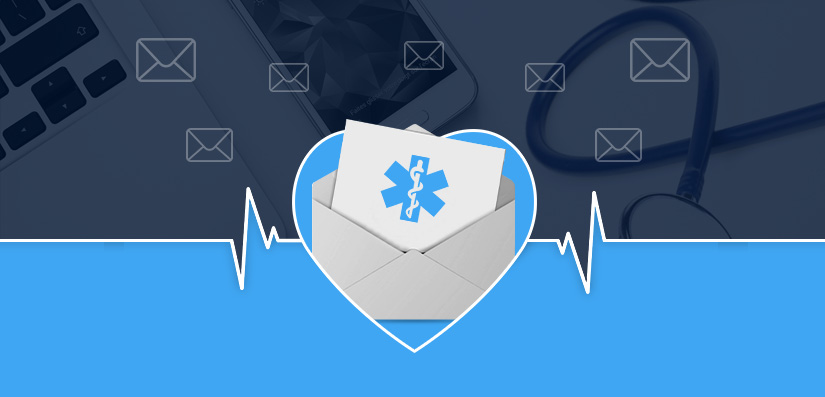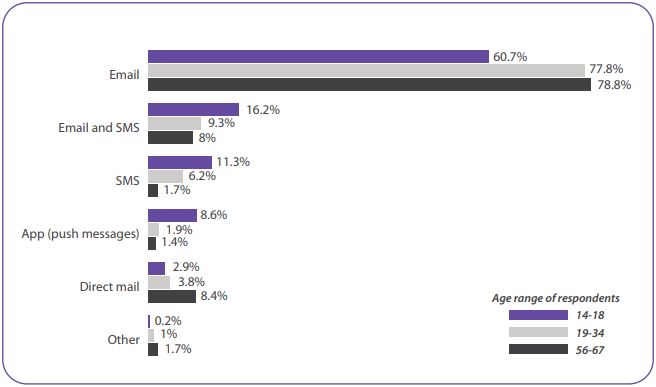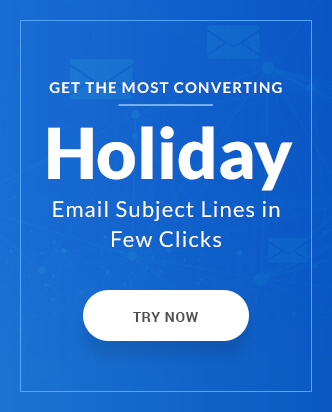In this digital world, as more and more people are connecting with brands from multiple platforms, being in front of your prospects at the right time with the right communication becomes important in order to be recognized. Thankfully, emails are the perfect communication in such situations as you have the power of personalization and the ability to reach the inbox of your subscribers.
In case you wondering how email marketing comes into the picture for the Healthcare industry, there were 3.2 billion email users in 2018 which is predicted to explode to 4.2 billion by end of 2022. Additionally, as per the Consumer Adoption and Usage Study by Adestra in 2017, 83.8% of respondents of multiple age range preferred to access personal emails on mobile devices.
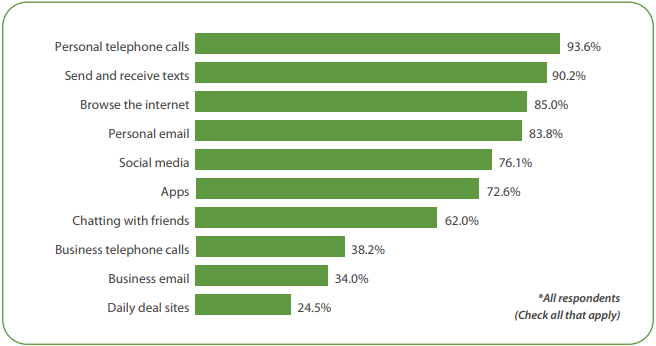
Additionally, an average of 72.4% of the respondent preferred emails to be the channel of receiving communication from a business.
So, if you have not adopted email marketing as a part of your marketing strategy, you may be missing out on a huge opportunity to build relations with your patients.
This article will talk about different tips such as list building methods, list classification and segmentation, type of emails to send and many more.
1 Building your email list
Building your list is crucial for any industry as without having the email address of your prospects, who would you send your emails? Lead generation in case of Healthcare Industry is tricky compared to other industries as it is about being present at the right moment.
Your prospects are not going to go through your website when they search for possible options. So, your best bet for you to generate your email list is by asking your customers to share their email address when they visit physically or make a purchase online. People are reluctant to give up their email address unless the value addition they receive counteracts the fear.
One of the best ways for collecting email address is to offer the subscription to email newsletters that keep them up-to-date with the latest news of the industry as well as your brand.
As seen in the example below, Virtual Medical Centre, they have specified what the subscriber stands to gain when they subscribe to the newsletter.
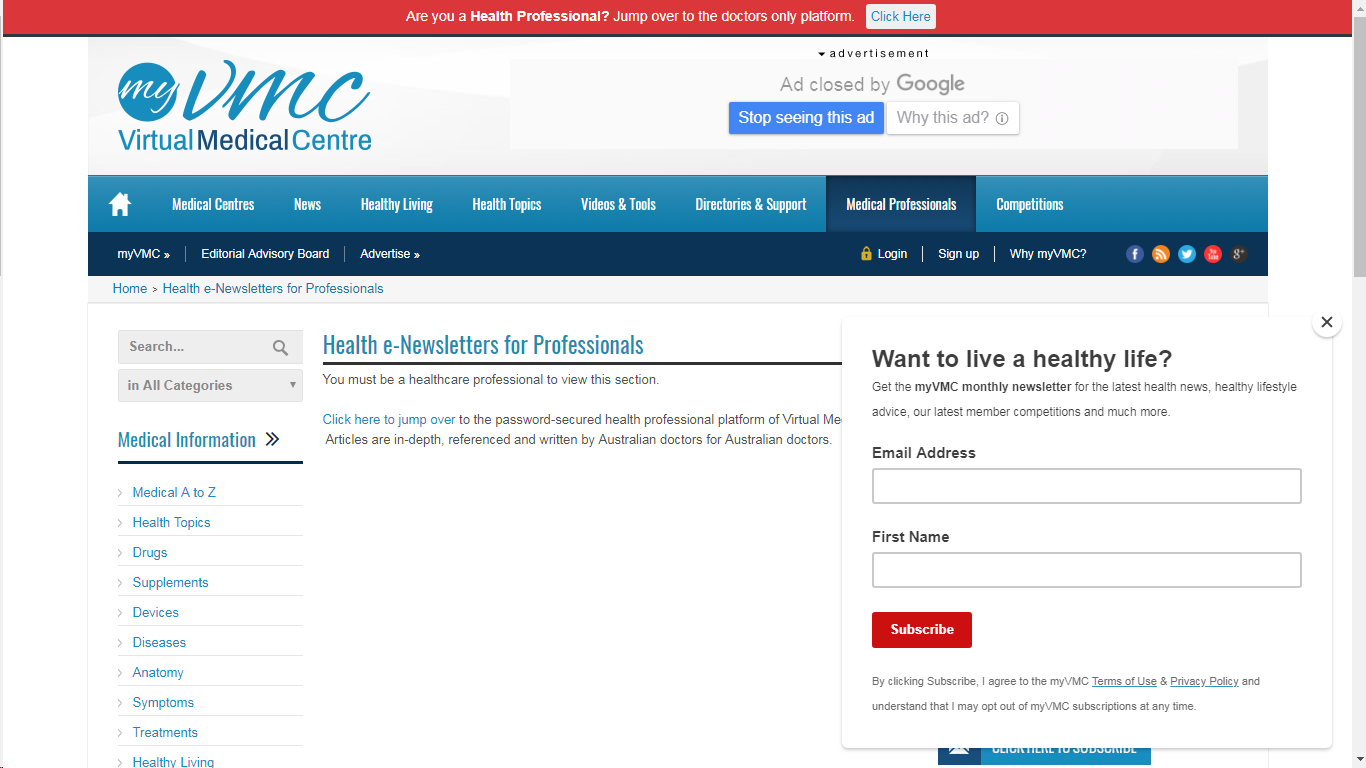
Another way to generates leads is by incentivizing the subscription by offering motivation such as offering a discount, a free consultation, additional treatments for less, etc.
2 Types of emails
While other industries have a series of emails that are sent to their subscribers, you have similar opportunities in case of healthcare emails. A huge of chunk of emails sent are notification emails for your patients such as appointment status, prescription refills, order confirmation, etc. Some of the common emails that you need to send are:
A) Welcome Email
An email to subscribers that acts as a notification of their subscription as well as welcomes them to the brand family.
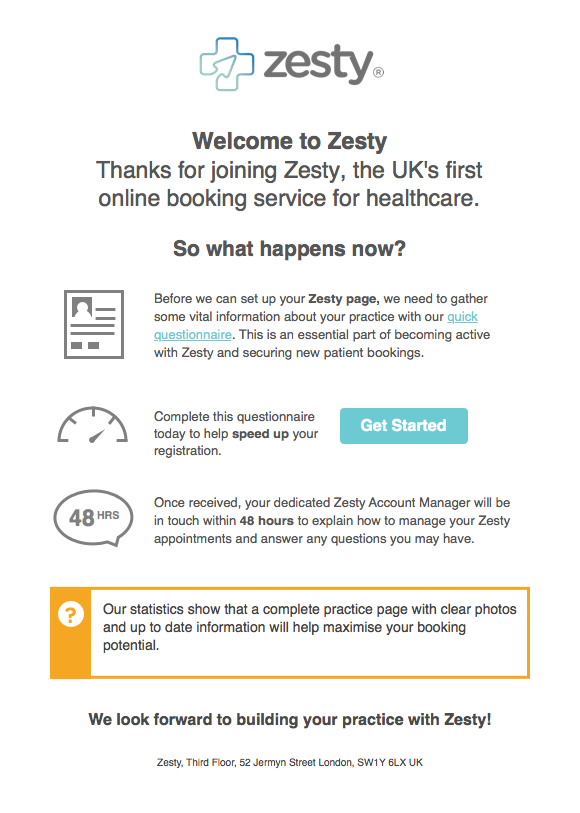
(Image source: What Gav Can Do)
B) Email Newsletter
A periodic email that acts as a digest of the updates in the industry. The goal of the email is to keep your subscribers engaged while imparting information about your brand and how your services/products can be the solution to their problems. Additionally, you can increase the brand visibility by sending newsletter carrying helpful articles that your subscribers can share with their peers.

C) Referral Emails
Another source of gaining referral audience is by directly asking your subscribers to refer your business amongst their peers. The advantages of referral emails are that you are acknowledging the loyalty of your subscribers and you are leveraging the power of word of mouth.
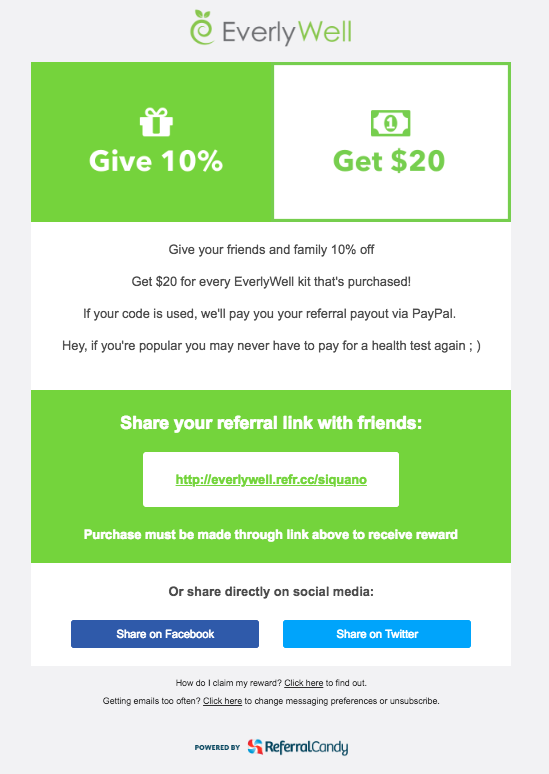
D) Transactional Emails
Emails that are transactional in nature i.e. as a notification associated with a purchase or transaction are an important email that you need to send to your patients. It can be emails that we mentioned earlier such as appointment status, prescription refills, order confirmation, payment receipt, etc.
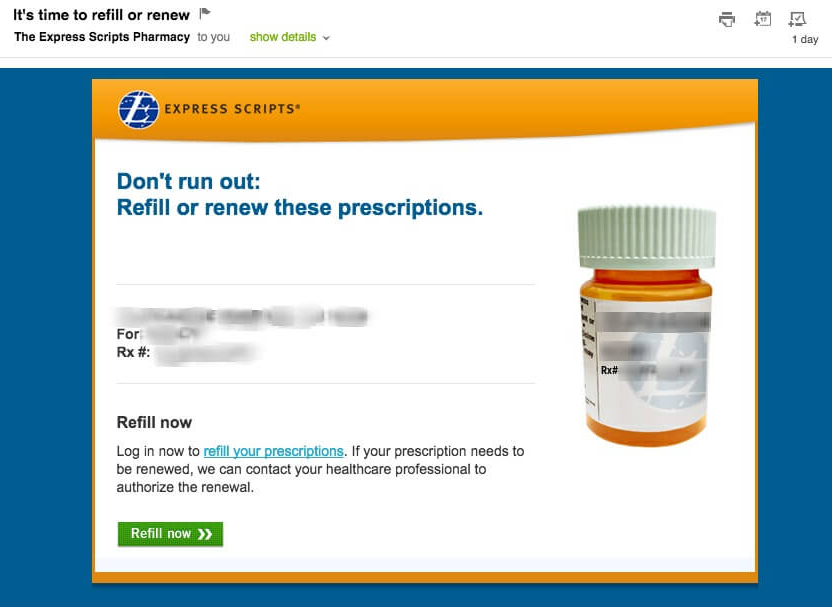
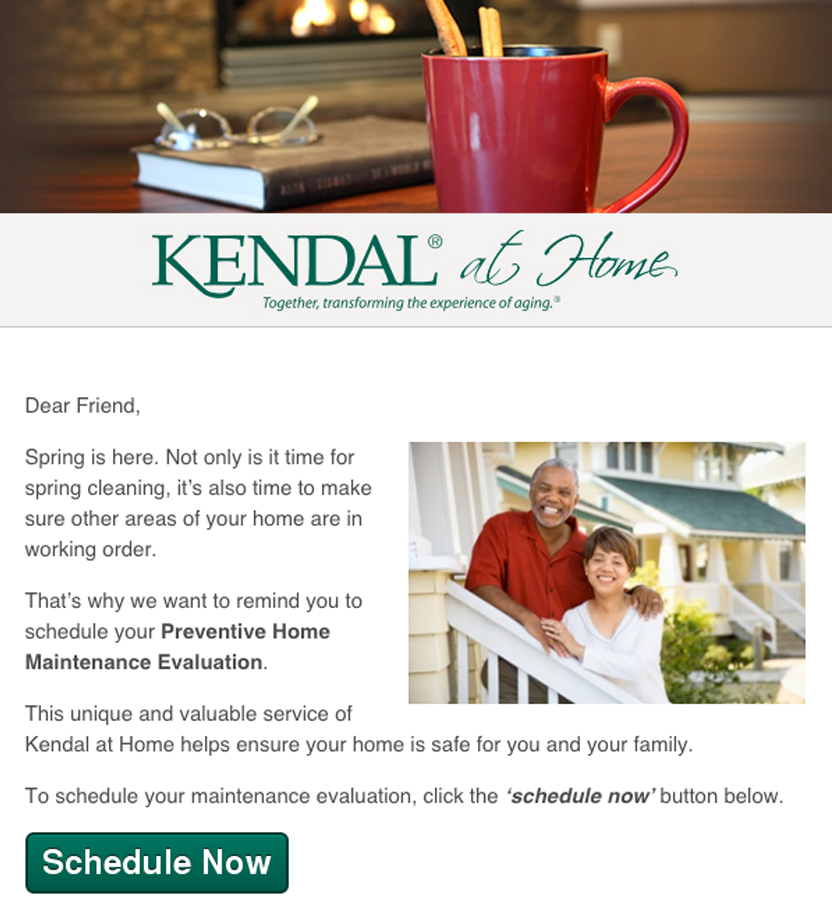
3 List Segment based on subscribers’ demographic or interests
As we stated at the beginning of the article, emails have the power of personalization but it involves segmenting your email list based on their preferences. This ensures that your subscribers are not receiving any email that they are not at all interested. One of the basic yet effective way to segment your email list is segmentation on the basis of demographics such as Age range, Gender, Location, and Prescription etc.
4 Pique the interest level with the Subject line
The subject line is the first stage of interaction with your subscribers. Subject line effectiveness determines whether the email would be opened or not. If you manage to convey what the email message contains, your subscriber can open the email after they make the judgment if the email is relevant to them or not.
5 Have a recognizable FROM name
People tend to open emails from senders who they recognize. This is important in case of healthcare emails that you feature a recognizable FROM name in order to increase email opens. People expect emails from actual people and not from a brand name.
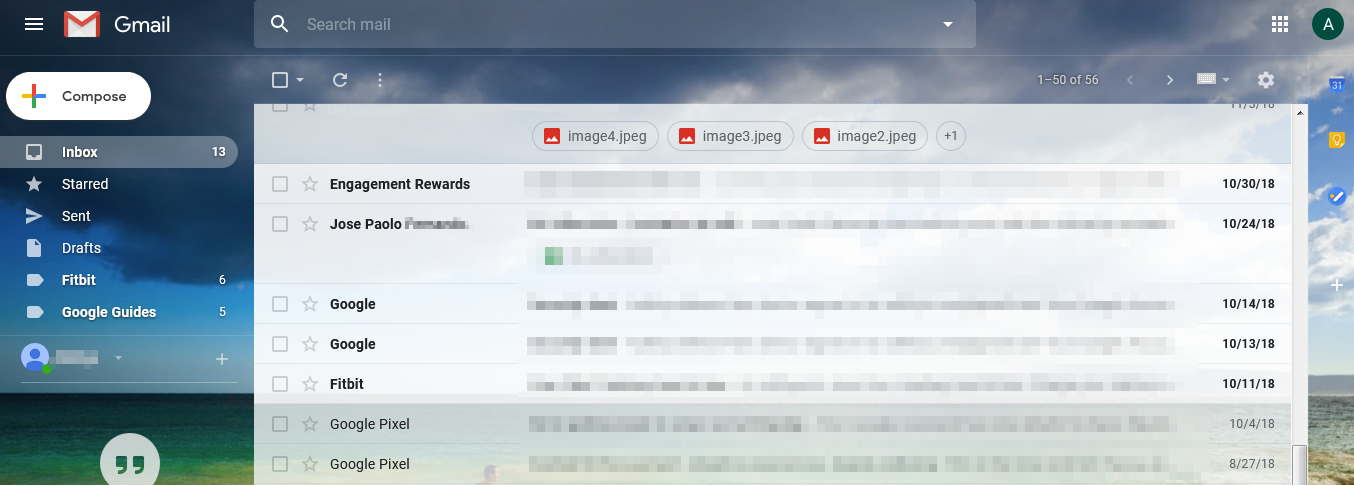
6 Responsive emails or bust
As more and more people are checking emails on devices of different dimensions, it is important for your emails to be responsive i.e. rendered properly irrespective of screen size. Moreover, since the emails may contain sensitive patient information, it is important that the email is rendered properly and don’t miscommunicate.
7 A/B test your email content to suit your subscriber preferences
No two people may have similar tastes or preferences so it is important to test your email message periodically to understand what works and what doesn’t work with your subscribers.
8 Follow an email sending schedule
Instead of sending your emails when you wish to, send them when your subscribers expect it. This way the subscribers are more willing to open your emails and as well as this sets expectations amongst your subscribers. Also setting an email sending schedule ensures that you don’t overwhelm your subscribers with too many emails. Ideally sending a weekly or biweekly newsletter and timely promotional emails.
Moreover, you can refer the following chart to send emails specific to certain occasions.
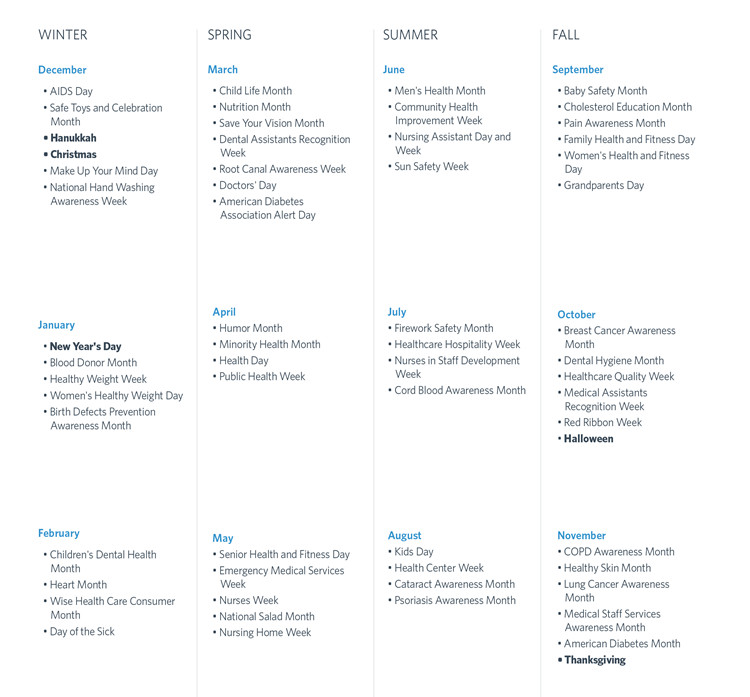
(Image Source: Constant Contact)
9 Periodically analyze your email metrics
By keeping an eye on the open rates as well as the click rates, you can make an estimation about the performance of your email campaigns. Additionally, by attempting to lower your unsubscribe rates, you can make a rough estimation of the effectiveness of your email messaging. We, at QeInbox, provide email testing service which can help you check your email deliverability status upfront. Explore the email delivery test tool for free today!

